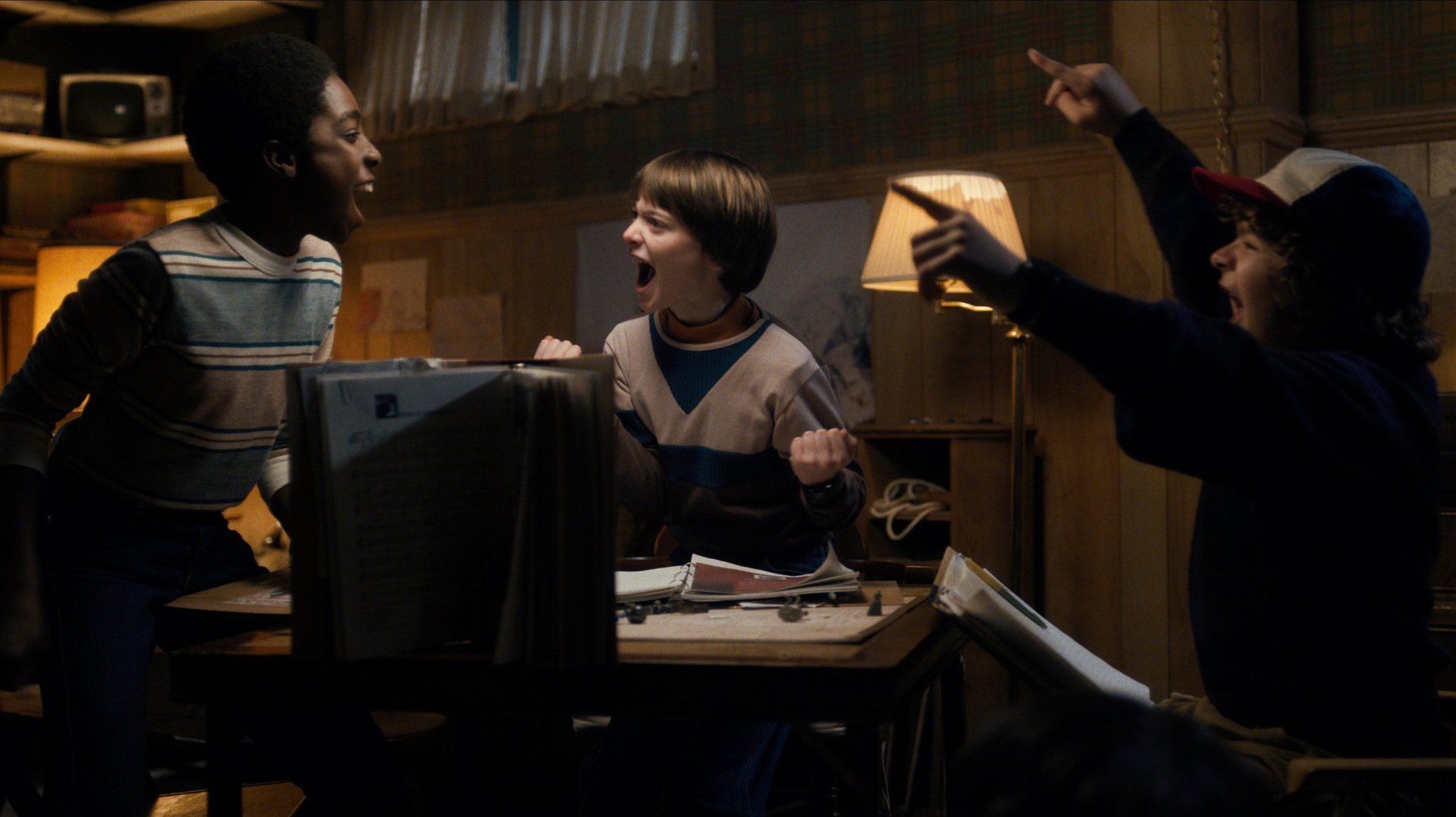A hit Netflix show, like “Stranger Things,” might be as big as “Game of Thrones”
House of Cards proved in 2013 that streaming-video services can make a show as good as anyone else, soon to be followed by shows like Amazon’s Transparent and capped by an Emmy for Hulu’s The Handmaid’s Tale earlier this year. But we’ve never really known how the viewership compared, because Netflix and other streaming services don’t release viewership data.


House of Cards proved in 2013 that streaming-video services can make a show as good as anyone else, soon to be followed by shows like Amazon’s Transparent and capped by an Emmy for Hulu’s The Handmaid’s Tale earlier this year. But we’ve never really known how the viewership compared, because Netflix and other streaming services don’t release viewership data.
Now, measurement firm Nielsen, which recently launched a service that tracks streaming content, says an original hit on streaming video can reach the same-sized audience as those on premium US TV.
Successful original shows on streaming video, such as Netflix’s Stranger Things, have comparable ratings to TV hits on HBO and Showtime, Steve Hasker, chief operating officer at Nielsen, told MediaVillage. “On an order of magnitude, an original hit on Netflix, Hulu, or Amazon Prime generates about the same ratings as hits on HBO and Showtime over the course of a season,” he said.
Let’s apply that to HBO’s ratings juggernaut Game of Thrones and Netflix’s monster hit Stranger Things, which returns for a second season this week. The HBO show averaged 13.7 million viewers (including video-on-demand and DVR viewing), Nielsen data shows. If Stranger Things were to yield a similar audience, that’d be more than 10% of Netflix’s 100-plus-million global member base.
(HBO told Quartz the last season of Game of Thrones averaged a whopped 32.7 million viewers an episode across all of HBO’s platforms, including live airings, DVR, HBO On Demand, and streaming services HBO Go and HBO Now—nearly one-third of Netflix’s members would have to tune into Stranger Things to match that. HBO said it had 134 million subscribers worldwide (pdf) at the end of 2016, but that included Cinemax.)
Nielsen did not share actual numbers for Stranger Things. Netflix has said the first season of Stranger Things found audiences all over the world within its first month on the service last year.
It did have data on a few other Netflix hits from this year, however. The first episode of Marvel’s The Defenders averaged 6.1 million viewers in its first week on Netflix, from Aug. 18 to Aug. 25, Nielsen told Quartz. And the premiere of the third season of Fuller House averaged 4.6 million viewers in its first week, from Sept. 22 to Sept. 29. Viewers also tended to watch more than one episode in a sitting. The 18-49-year-olds—coveted by advertisers—who watched each show when it launched averaged 4.6 episodes and 4.4 episodes, respectively, on the first day alone.
That overall amount of viewing is comparable to big hits on HBO or Showtime, based on Hasker’s comment.
Broadcast and cable TV are in a slightly different league. They’re available to more viewers, which opens them up to a larger possible audience. Broadcast TV is free in the US to anyone with an antenna. And there are about 120 million pay-TV households in the country.